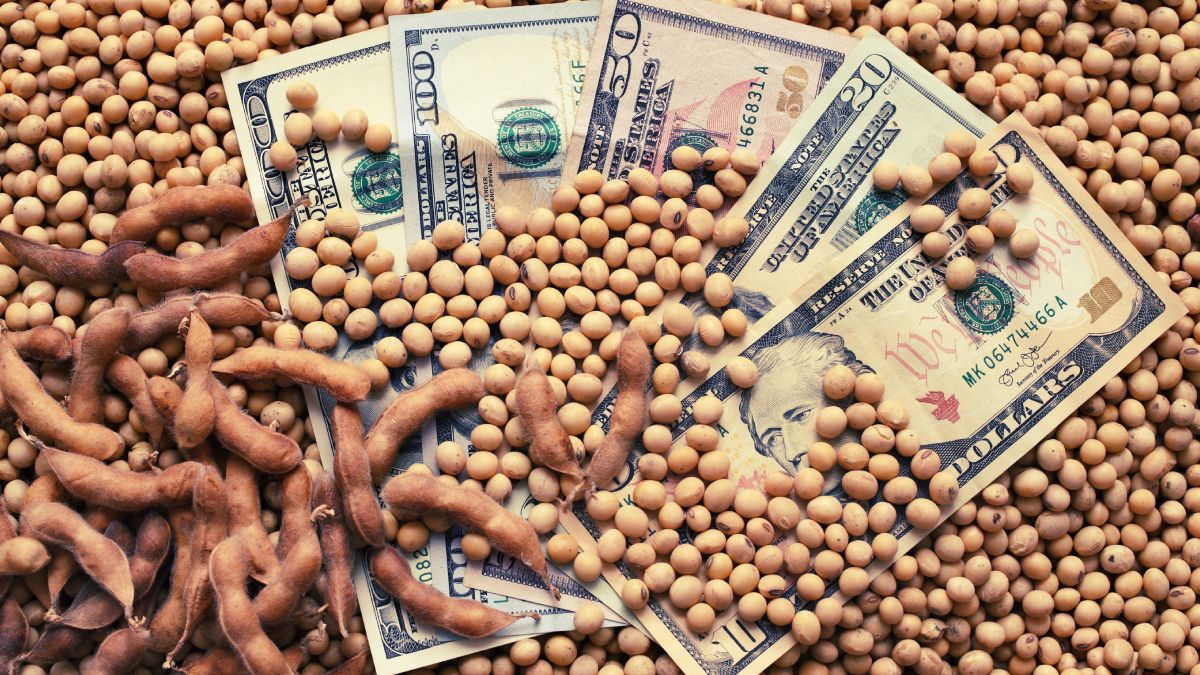Within a battery of measures aimed at mitigating the impact of the devaluation in revenue, days ago Sergio Massa also announced the possible implementation of a new soybean dollar”, with the aim of encouraging the liquidation of foreign currency from agriculture. However, analysts warn that, due to the lack of precision, operations have stopped in recent days.
As announced by the Ministry of Economy, the novelty of the Export Increase Program (PIE) is that it guarantees a 25% availability of foreign currency to exporting companies, to buy soybeans to process. But, in the absence of the measure being made official, the producers are expectant.
Just so far there are no details when the resolution making the measure official would be published. For example, last Friday, only 22,000 tons of soybeans were traded.
In fact, according to Dante Romano, a professor and researcher at the Austral University’s Center for Agribusiness and Food, the week after Massa’s announcements “It happened without operations, waiting for resolutions that did not arrive”. “The press conference of the Secretary of Agriculture generated uncertainty about its application,” explained the analyst.
Both buyers and sellers waited. “Doubts were generated regarding the 25% of the foreign currency that the exporter could have, in the sense of whether it would apply only to the purchase of soybeans abroad, or also in Argentina.. Another point under discussion is whether, to obtain the benefit, they must anticipate export duties that would correspond to shipments under the new administration”, Romano elaborates.
The specialist also explained that there is the possibility of an eventual reduction in export duties, “which not only stops the industry from committing advances of this tax, but also the producer of both soybeans and cereals from selling the harvest and the new one” .
With this measure, the Government seeks to encourage greater liquidation of agriculture, in order to strengthen the reserves of the Central Bank. In this scenario, from Fundación Capital they analyzed: “It is possible that a new soybean dollar will be used again (the announcement on Sunday, August 27 in this sense would have been very slight), with a potential of about US$4,000 million still available. However, the incentive they must offer will be high, as the change of mandate approaches and with candidates alluding to lower export duties and a higher real exchange rate after December 10.”
Market
In this context, Romano pointed out that “soybean prices are unusually high on US weather concerns.” “If prices are at levels that generate profitability, and are not so far from those that would be observable in a more normal market, it would be prudent to reduce risks and ensure profitability,” the expert highlighted.
Meanwhile, he maintained that in the international market, the issues of the moment go through the hot and dry climate in the US, “an active demand, but, on the other hand, the expectation that the South American offer calms the waters.”
“As for the US climate, soybean is the most susceptible crop, but maize threshing has not yet started, so doubts persist. Even so, the USDA reduced crop quality less than expected, and this made operators doubtful. Additionally, after the campaign in the northern hemisphere, South America would come with a huge production of corn and soybeans”, he analyzed.
In Argentina the first batches were started, “and possibly with the rains this weekend, which would continue in this one that is beginning, it will be difficult to sustain corn.”added Romano, who explained that the factor that “continues to limit decisions despite finding interesting prices -especially in the late one- is a reduction in export duties.”
“After two frantic weeks of trade volume related to the corn dollar, those who need to buy back are pushing the market higher, which at around USD 200/t would still have an interesting margin for the old crop. The problem is what to do with the pesos: Therefore, although deals are closing, and the volumes are striking in an empty market for other products, the level of sales is lower”, suggests Romano.
Source: Ambito




